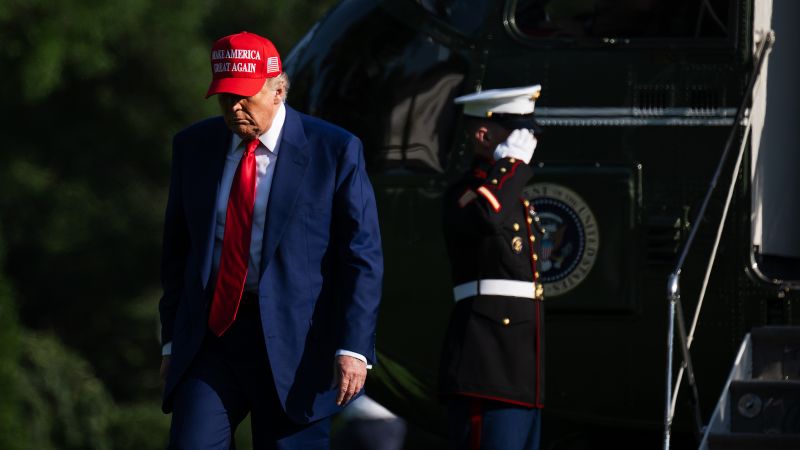The Trump administration’s messaging regarding strikes on Iran’s nuclear facilities has been consistent in denying intentions for war or regime change in Iran. However, President Trump’s personal views diverged when he raised the prospect of regime change in Tehran on social media. White House press secretary clarified that Trump’s statement was rhetorical and aimed at stimulating global discussion. This shift in messaging is crucial as Trump had pledged to withdraw the US from conflicts, contrasting with the historical US involvement in regime changes, notably in Iran.
The article highlights past US interventions in the Middle East, such as toppling Iran’s Prime Minister in the 1950s and supporting the Shah until the 1979 revolution. It also mentions US involvements in Afghanistan, Iraq, Libya, and Syria, showcasing tendencies towards regime change without explicit declarations. The recent strike on Iran’s nuclear facilities echoes previous actions, driven by concerns over weapons of mass destruction.
Former Rep. Adam Kinzinger endorsed the strikes but cautioned against equating the current situation with the 2003 Iraq invasion, emphasizing the limited military actions taken. The article also discusses Trump’s decision exposing divisions within his coalition, with some members opposing foreign wars and regime change.
Despite claims of success in degrading Iran’s capabilities, uncertainties persist regarding the strikes’ effectiveness and Iran’s nuclear program status. Experts predict ongoing tensions with intermittent conflicts rather than an all-out war between the US and Iran, indicating a potential for periodic strikes in the future.

